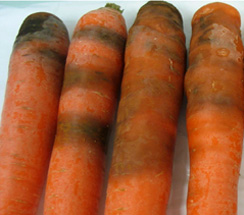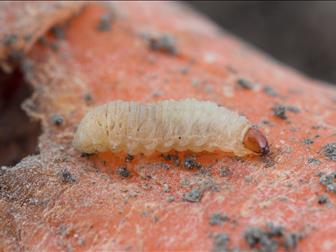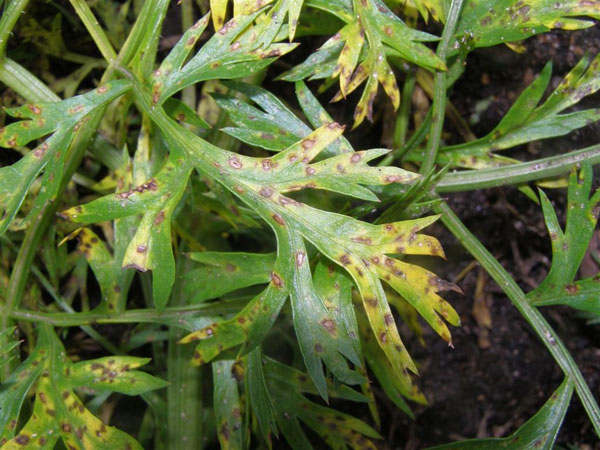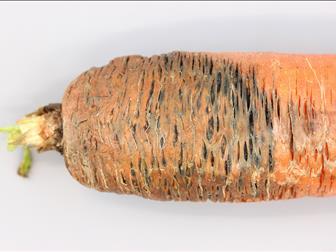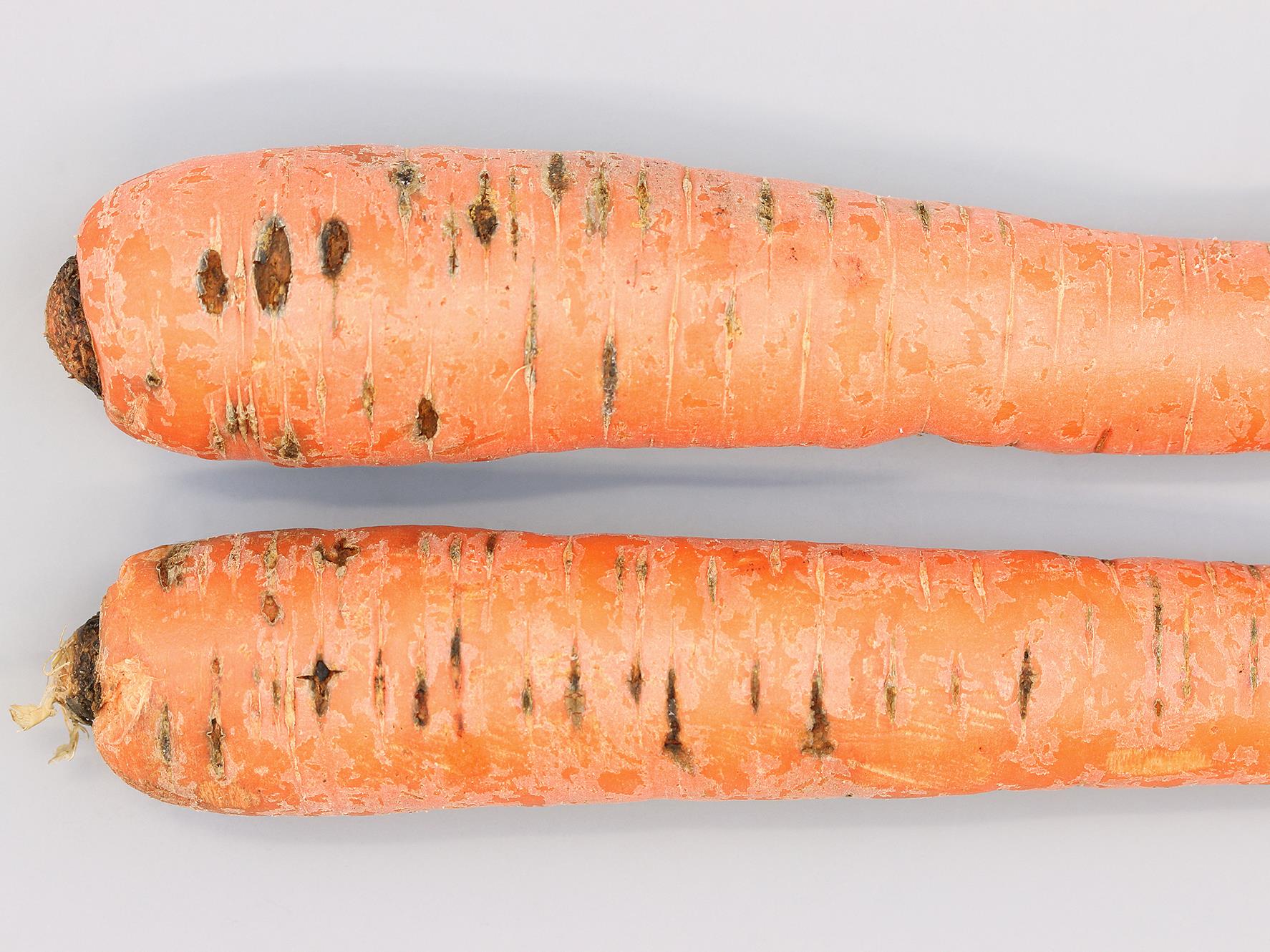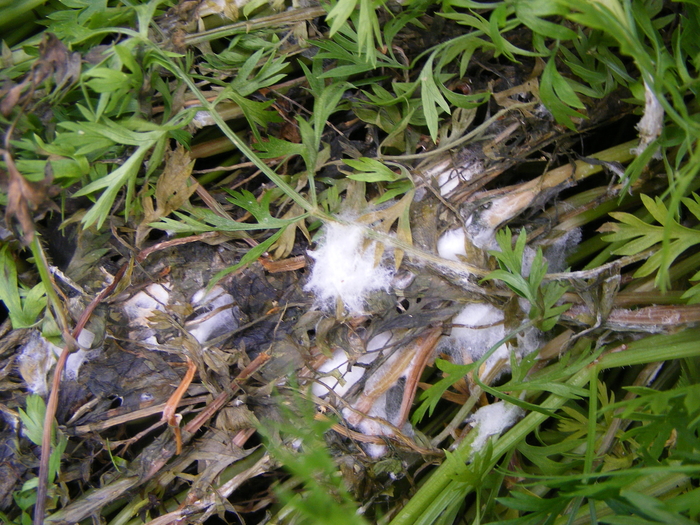
Zanahoria
How to recognize and combat red leaf virus in carrots
Carrot Red Leaf Virus
Virus
Type:
Risk to the plant:
HIGH
Virus Crlv
Pathogen:
Virus

WHO CAUSES IT?
The CRLV Virus (Carrot Red Leaf Virus) is a pathogen that mainly affects carrots. This virus belongs to the Polerovirus genus within the Luteoviridae family. CRLV is transmitted by aphids (aphids), which act as vectors. The infection process begins when aphids feed on an infected plant and acquire the virus, which then replicates in the insect's body. When aphids move to and feed on healthy plants, they introduce the virus into the plant tissue, where it multiplies and spreads through the phloem, causing the characteristic symptoms of the disease. The virus can survive in alternative host plants and insect vectors, allowing its perpetuation and dispersal over time.
SYMPTOMS
The disease caused by Carrot Red Leaf Virus in carrots is highly damaging and can cause significant losses in crop yield. The infection causes reddish discoloration of the leaves, decreased growth and deformation of the roots. Additionally, infected plants may show stunted development and a notable reduction in root quality and size, directly affecting their commercial value.
- Reddish discoloration on the leaves
- Decreased growth
- Root deformation
- Stunted development
- Reduction in the quality and size of the roots

DEVELOPMENT CONDITIONS
Temperature:
15°C - 25°C
Humidity:
60% - 80%
HOW IS IT SPREAD?
Insect vectors (aphids), Alternative host plants, Infected plant material, Contaminated cultivation tools, Movement of infested soil
HOW TO ELIMINATE IT?
Home treatments
There are no home treatments
Natural allies
Chemical treatments
There are no treatments for this disease. Treatments are directed at the insect vectors that transmit it. See insect treatments.
RECOMMENDED PRODUCTS TO ELIMINATE THE PEST
REPELLENT PLANTS
RECOMMENDATIONS
Measures to control viruses in already infected plants:
• Remove and destroy infected plants to prevent the virus from spreading.
• Control insect vectors using chemical or biological methods.
• Disinfect cutting and agricultural tools between uses.
• Avoid reusing contaminated substrates or irrigation water for diseased plants.
Preventive measures to avoid viral infections:
• Use certified, virus-free seeds and seedlings.
• Establish physical barriers or trap crops against vectors.
• Rotate crops with species that do not host the virus.
• Promote biodiversity to reduce vector pressure.
• Maintain good field hygiene and constantly disinfect tools.
• Regularly monitor crops to detect early symptoms.







